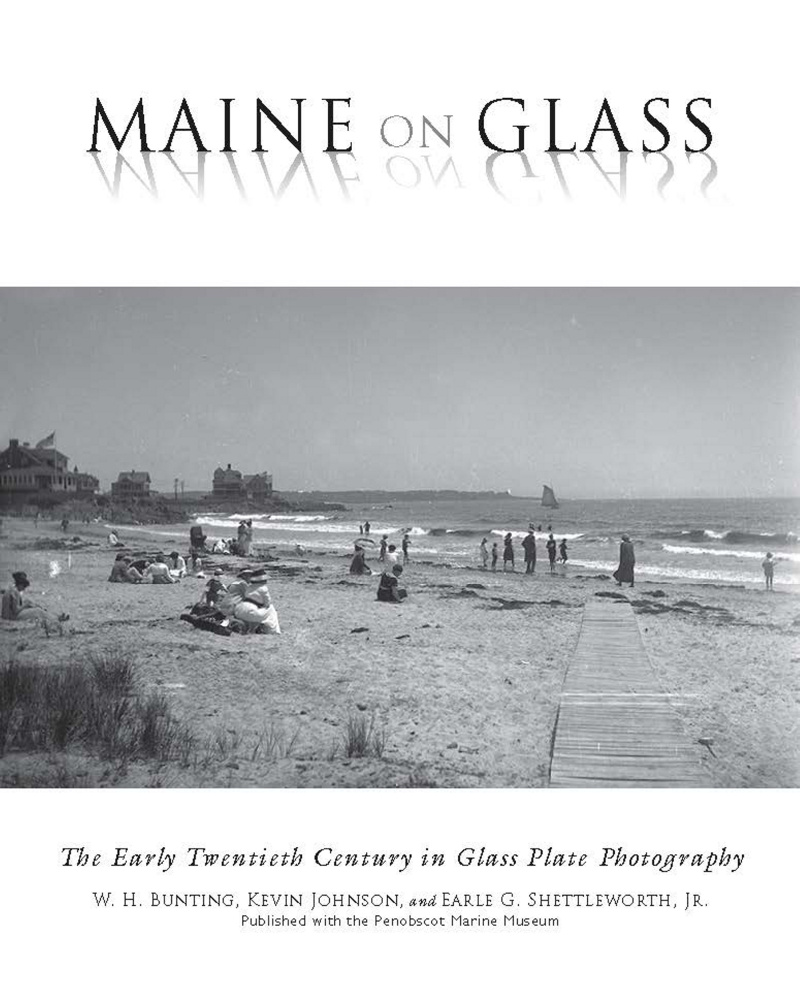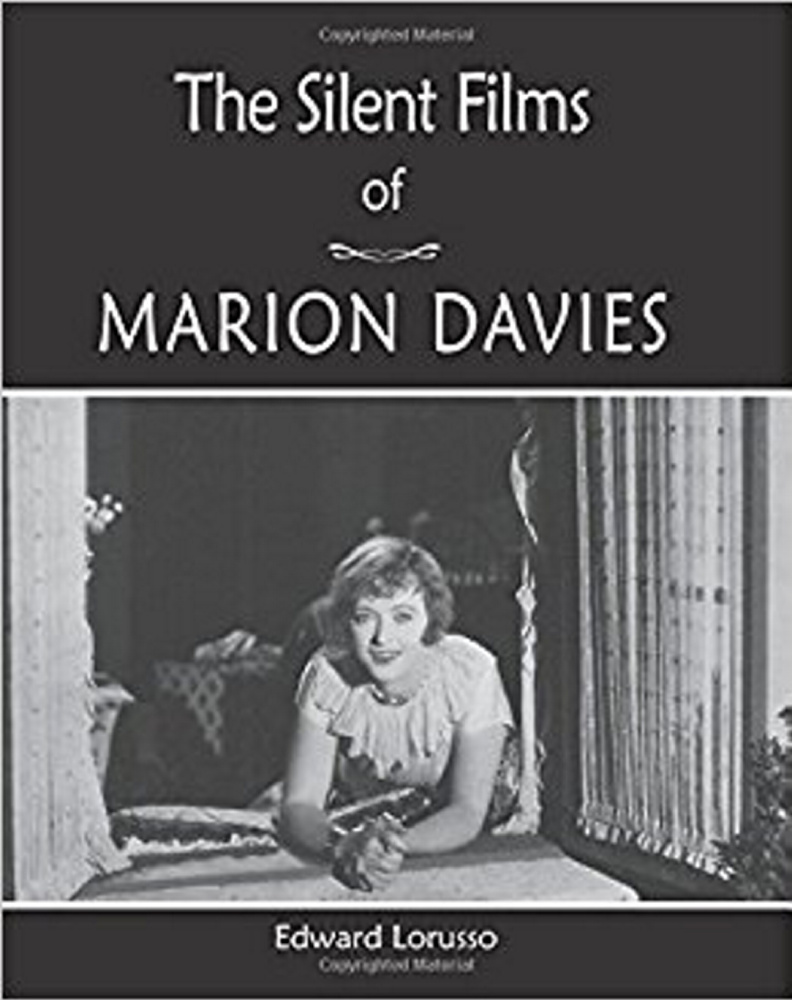Two picture books came my way this summer that are likely to be of interest to aficionados of history and the visual arts.
“Maine on Glass” by historian W.H. Bunting, of Whitefield, Penobscot Marine Museum photography archive manager Kevin Johnson, and Maine State Historian Earle G. Shettleworth Jr. is a very nicely made offering of postcard images from glass-plate photographs taken all over Maine in mostly the first half of the 20th century. The images come from the plates accumulated by the Eastern Illustrating & Publishing Co. of Belfast, one of whose principal products was picture postcards.
Johnson tells us in his introduction that postcards around the turn of the 20th century were like email or Instagram in our time. In 1905, he says, about 7 billion postcards were mailed worldwide. In 1913, 968 million postcards were sent just in the U.S. To take advantage of this phenomenon, Eastern Illustrating’s Herman Cassens set about organizing the photographing of every town in America — though the project, which lasted from 1909 into the 1950s, made little progress outside the Northeast. Every summer, photographers were sent out to take photos that could be turned into postcards (for which they also served as salesmen), and Eastern Illustrating became one of the largest manufacturers of postcards in the world.
One of the things that set Eastern Illustrating apart was that their images were made with photographic plates, rather than by letterpress or lithography. Cassens sold the business in 1945, and after World War II the old plates bounced from owner to owner and eventually ended up at the Penobscot Marine Museum in Searsport, where Johnson took over curating and developing the collection of around 22,000 plates, including tracking down lost ones.
The images in the book are, to use accurately an overused word, delightful. The selection winds out from Belfast into Waldo County, showing (for example) the huge schooner Pendleton Brothers at its launch in 1903 and the Troy town baseball team in about 1915. A photo of an Appleton cemetery is shown alongside a turn-of-the-century picture of elm-lined Main Street in Thomaston. Horse-drawn buggies are seen on Water Street in Augusta and Depot Square in Gardiner, with similarly fascinating images and extensive caption material from Oakland to Farmington to Aroostook County to Ellsworth and back to Unity and Belfast. You can pore through this book for literally hours. More images and the book are available online at penobscotmarinemuseum.org.
On the heels of “Maine on Glass” I also received a copy of Edward Lorusso’s new book, “The Silent Films of Marion Davies,” which is packed with pictures tracing the career of the controversial film star of the 1920s and ’30s.
Lorusso, a film historian and literary scholar from Belgrade, has worked on projects to restore silent films for DVD, including several of Davies’ early pictures. In his introduction, he takes issue with the movie world’s accepted wisdom that Davies was a no-talent actress who made it in films because of her long-term affair with William Randolph Hearst, who ran one of the most formidable publicity machines in modern times. The notion gained traction on the release of Orson Welles’ “Citizen Kane” in 1941, whose character Susan Alexander, an incompetent actress, was rumored to be based on real-life Davies.
But, Lorusso says, “the films of Marion Davies … speak loudly of a hard-working actress who starred in lavish costume dramas, modern romantic dramas, comedies and musicals. When talkies came, she conquered a speech stutter and kept on working,” going on to become a film producer. “Davies was no Susan Alexander.”
The book provides summaries, cast lists, background information and current availability for 30 of Davies’ silent films, from “Runaway Romany” in 1917 to “Marianne” in 1929 (which was shot first as a silent movie, then re-shot with sound and a new cast). Lorusso provides set and publicity photos and poster images for each film, providing a glimpse into the working world of a screen actress who was very popular in her time, and afterward unfairly judged.
Lorusso, a graduate of the University of Maine, is also the author of the novel “Letters from Oblivion,” (www.centralmaine.com/2015/05/28/off-radar-letters-from-oblivion/) based on the life of the writer Robert McAlmon, as well as editor of scholarly editions of McAlmon’s fiction.
“The Silent Films of Marion Davies” and “Maine on Glass” are both available through online book sellers.
Off Radar takes note of poetry and books with Maine connections the first Thursday of each month. Contact Dana Wilde at universe@dwildepress.net.
Send questions/comments to the editors.





Success. Please wait for the page to reload. If the page does not reload within 5 seconds, please refresh the page.
Enter your email and password to access comments.
Hi, to comment on stories you must . This profile is in addition to your subscription and website login.
Already have a commenting profile? .
Invalid username/password.
Please check your email to confirm and complete your registration.
Only subscribers are eligible to post comments. Please subscribe or login first for digital access. Here’s why.
Use the form below to reset your password. When you've submitted your account email, we will send an email with a reset code.